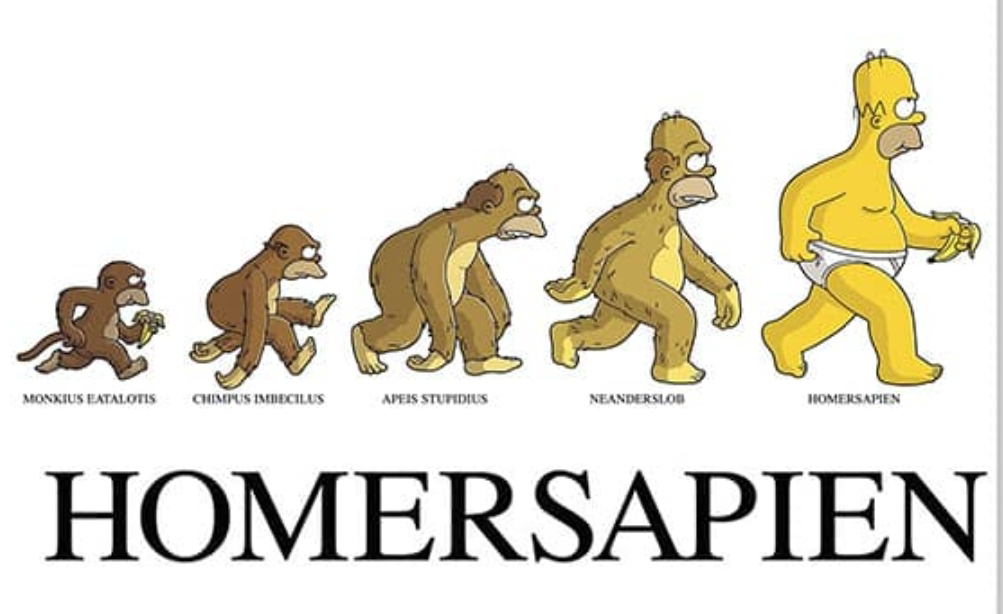The Extended Evolutionary Synthesis and Human Origins: Rethinking the Primate-Human Connection 6 Million Years Ago
The traditional narrative of human evolution, often depicted as a linear progression from ape-like ancestors to modern humans, has been challenged in recent years by the Extended Evolutionary Synthesis (EES). This broader framework incorporates new discoveries and theoretical advances in evolutionary biology, raising intriguing questions about the complex path our lineage took and the factors that shaped our unique traits.
Beyond Gradual Adaptation
The standard evolutionary model, often called neo-Darwinism, emphasizes the gradual accumulation of genetic mutations and their selection over vast periods. While this process may play a role, the EES recognizes that evolution can also occur through other mechanisms, such as:
Epigenetic inheritance: Changes in gene expression that do not alter the underlying DNA sequence but can be passed on to offspring. This suggests that environmental factors experienced by ancestors could have influenced the development and evolution of subsequent generations.
Niche construction: Organisms actively modify their environments, creating new selection pressures and evolutionary opportunities. This implies that our ancestors may have played a more active role in shaping their own evolutionary trajectory.
Developmental plasticity: The ability of organisms to develop different phenotypes in response to environmental cues. This suggests that our ancestors may have been more adaptable to changing conditions than previously thought.
These additional mechanisms provide a richer understanding of evolutionary processes, suggesting that the transition from primate ancestors to early humans may have been more dynamic and complex than a simple linear progression.
Questioning the 6-Million-Year Mark
The EES also challenges the traditional timeline of human evolution, particularly the notion that the split between humans and chimpanzees occurred neatly around 6 million years ago. While genetic evidence supports a close relationship between these two lineages, the EES highlights several factors that complicate the picture:
Hybridization: Recent studies suggest that hybridization between different hominin lineages may have been more common than previously thought. This could blur the lines between species and complicate efforts to pinpoint a precise divergence date.
Mosaic evolution: Different traits may evolve at different rates, creating a mosaic of ancestral and derived features in early hominins. This makes it difficult to identify a single point in time when a new species definitively emerged.
Incomplete fossil record: The fossil record is inherently fragmentary, and new discoveries can significantly alter our understanding of evolutionary history. It is possible that future finds will push back the estimated divergence date or reveal unexpected branches in the human family tree.
Rethinking the Primate-Human Connection
The EES prompts us to reconsider the nature of the transition from primate ancestors to early humans. Rather than a clear-cut split, it may have been a more gradual and multifaceted process, involving:
Behavioral innovations: The development of tool use, complex social structures, and symbolic communication may have played a crucial role in shaping the human lineage.
Ecological shifts: Changes in climate and habitat could have created new selection pressures, favoring traits such as bipedalism, larger brains, and increased adaptability.
Genetic and epigenetic changes: Mutations, epigenetic modifications, and gene flow between populations could have contributed to the emergence of uniquely human traits.
Implications for Understanding Human Evolution
The EES offers a more nuanced and dynamic perspective on human origins, highlighting the complex interplay of genetic, environmental, and developmental factors that shaped our lineage. It encourages us to move beyond simplistic narratives and embrace the intricate tapestry of our evolutionary past. By incorporating new discoveries and theoretical advances, the EES paves the way for a deeper understanding of what it means to be human.




Comments
Post a Comment